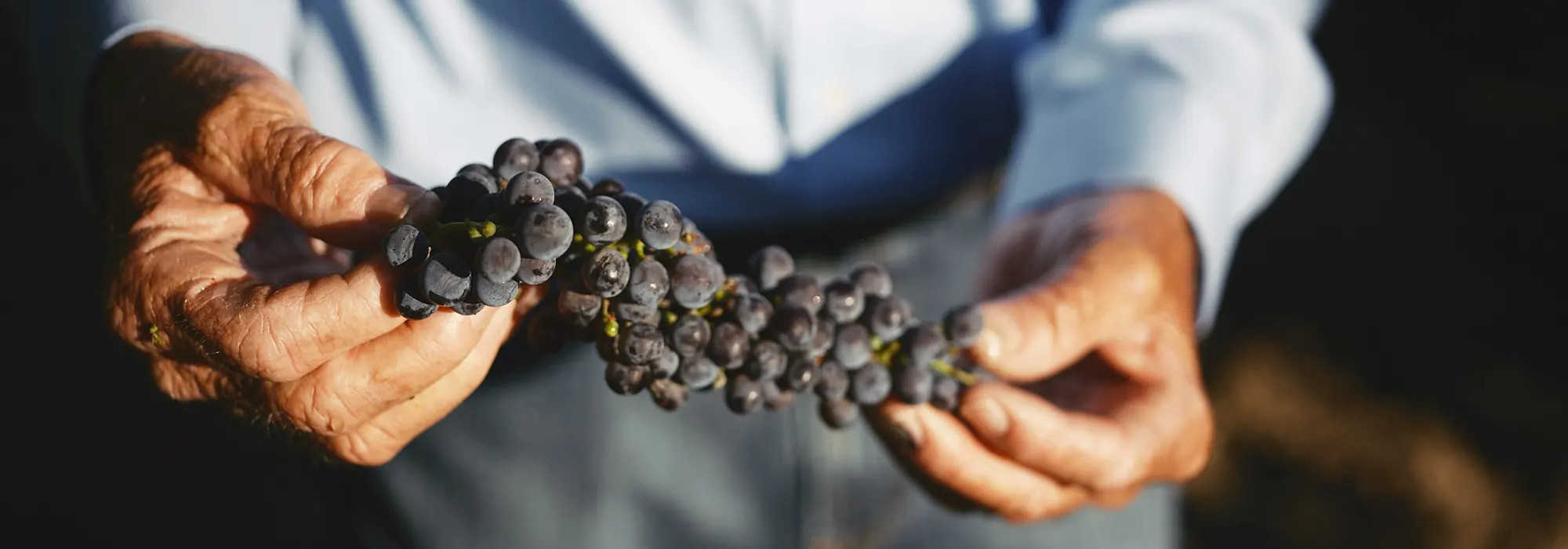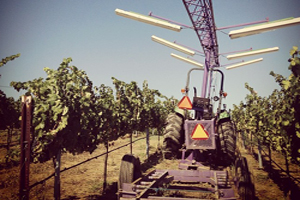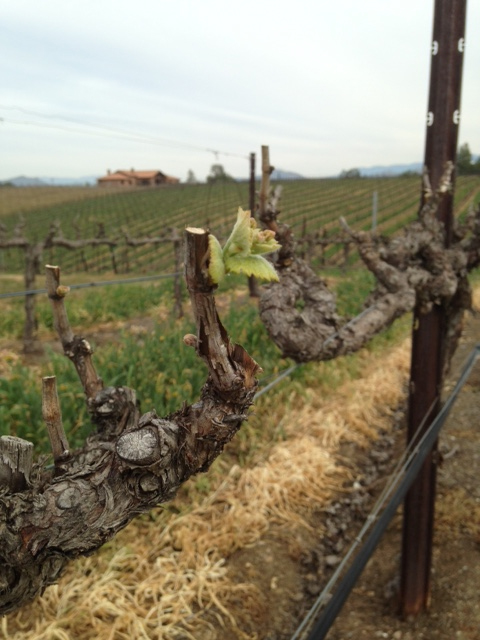It’s the Most Wonderful Time of the Year!
Harvest season….it’s the hustle and bustle, the night time glow of the lights in the vineyards and the bins full of fruit.
Although winemaking happens all year long, the harvesting of the grapes is one of the most crucial parts of the winemaking process. To ensure quality wine, one of the most important decisions a winemaker must make is when to pick the grapes. Determining when to harvest requires a bit of science; the grapes’ acidity and sweetness should be in perfect balance. Of course, Mother Nature also plays a vital role in the ripening of grapes; a mid-summer rain can slow the ripening process and leave the vines susceptible to fungus.
In Temecula Valley, because of our warm weather, our harvest crews mostly pick the fruit at night or in the cool hours of the very early morning. Thus, images of winemakers growing beards and sleeping during the day start appearing on our Facebook feed.
While there’s a lot more to harvest season than just harvesting the grapes, this signals the beginning of what truly is the most wonderful time of the year! Be sure to follow us on Facebook for a glimpse into harvest happenings.





